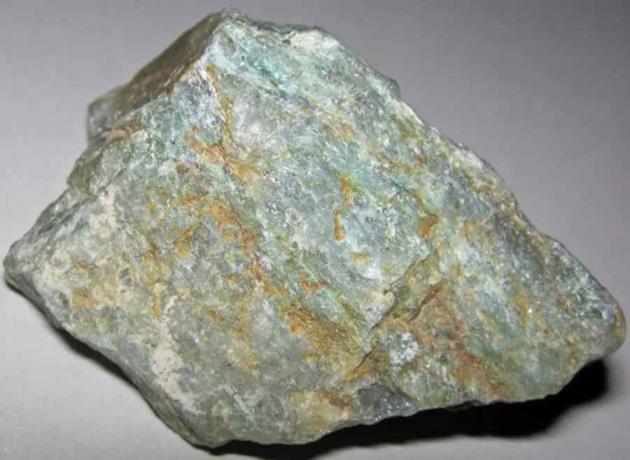Anjouan, a volcanic island located in the southwest of Indian Ocean and part of the Union of Comoros, continues to defy logic and intrigue scientists around the world with an extraordinary geological enigma.
The mystery in question involves the presence of rocks known as quartzite, which are typically found in sedimentary formations of river deltas, but which appear in large volumes on this island volcanic.
see more
Research reveals which is the FASTEST internet in Brazil in 2023;…
Discover the surprising story of the 'days that…
This discovery is something that has intrigued scientists for more than a century and, until now, no definitive explanation has been found.
The island of Anjouan has its origins in the separation of tectonic plates and the cooling of magma, resulting in the formation of basalt.

(Image: Flickr)
The basalt found on the island does not contain quartz, and the place is too young to have formed a substantial river delta. This makes the presence of quartzite even more mysterious.
Quartzite is a type of sandstone made from grains of quartz sand compressed over time. This feature challenges established geological principles.
The presence of these “impossible” rocks has been reported for over a century, but with insufficient evidence to confirm their existence in 1900.
However, nearly 70 years later, geologists found a vast quartzite formation on the island, and in 2017, French geologist Patrique Bachèlery identified even more occurrences of quartzite on a ridge adjacent.
Cornelia Class, a geochemist at Columbia University's Lamont-Doherty Earth Observatory in the USA, led a thorough investigation into the case. Her team found significant amounts of quartzite along the island's mountain range.
“This challenges the principles of plate tectonics,” Class said in a statement. “Quartzite deposits have no place on volcanic islands.”, he comments.
Locals often find these rocks and use them to sharpen cutting instruments. When mapping the island, researchers led by Class found that the volume of quartzite was almost comparable to half the mountain.
One theory proposed to explain this mystery suggests that a fragment of continental crust may have been deposited in the ocean basin surrounding Anjouan.
It would later have risen to about 4 km above the sea floor by means of volcanic activity. However, the chemistry of the basalt on the island does not confirm this association with continental crust.
According to Class, the aging of quartzite could provide clues about its period of deposition and, with luck, its origin, possibly dating back to the breakup of the ancient supercontinent Gondwana.
The mystery of Anjouan's “impossible” rocks continues to challenge scientific understanding and spark the interest of geologists and researchers around the world.

